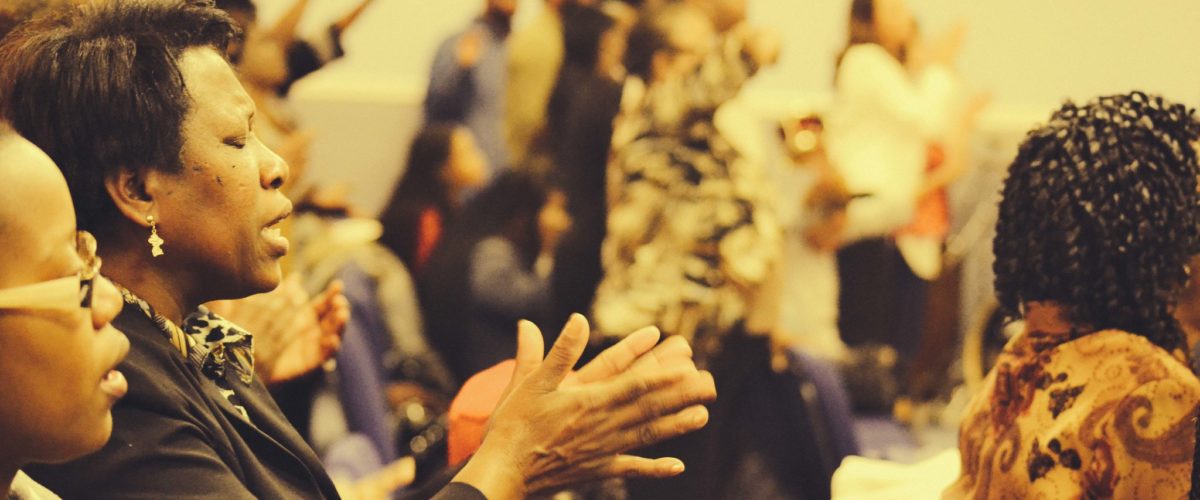Churches leaders needn’t worry about losing faithful members to virtual services after the coronavirus outbreak subsides, recent polling suggests.

Mark Tidsworth
“Just 2% of the pre-pandemic regular attenders think that in the long run they will watch services online or on TV more often — and attend in person less often — than they used to,” the Pew Research Center reported.
But the bigger news may be a prediction that many American churches will emerge from the pandemic with a much-heightened appreciation for fellowship and with the technical skills needed to expand outreach into online spaces, said congregational coach Mark Tidsworth, founder and team leader of Pinnacle Leadership Associates.
Many congregations have gained a new confidence from streaming or recording online services and likely will maintain both physical and virtual services, he said. “Think of it as two campuses. We had our first campus already, which is our literal, physical church campus. And now we have a second location, which is our online campus.”
It’s important to maintain those new skills and not to see online as a threat to in-person, he explained. “We have developed these skills and these processes, and we have the tech in place, and there are people who would continue to use them. Why would we want to abandon that?”
Pew’s research confirms the notion that online attendance will diminish physical religious gatherings but in-person worship is still preferred.

In addition to finding that most faithful worshipers — those in church at least twice a month — plan to return to in-person gatherings, the poll found that even adults who attend less frequently also prefer in-person worship.
Pew reported that “42% of U.S. adults say they plan to resume going to religious services about as often as they did before the outbreak, while 10% say they will go more often than they used to, and just 5% anticipate going less often.”
Some in that 5% group include the elderly, people with medical conditions, frequent travelers and those with busy work or family lives, Tidsworth said. Online worship has provided them expanded opportunities to worship. The same may be true for former church members who moved away and have not joined a new church, as well as people outside the area who connected with a congregation’s online presence.
“Virtual worship just can’t replace the in-person contact we had.”
Fellowship will be one of the strongest draws to in-person worship once it fully resumes, Tidsworth predicted. “We will realize how meaningful the person-to-person contact is for us — the greeting, passing the peace, going out to lunch or coffee afterward — everything we took for granted until it wasn’t there. Virtual worship just can’t replace the in-person contact we had.”
What likely will remain online is the business of doing church, he said. Planning and coordinating meetings, ministry team meetings and denominational meetings likely will stay where they have been in recent months: on a screen. “I do see the majority of administrative and logistical functions being primarily online.”
Tidsworth said he also expects a wider embrace of in-sanctuary technology in some churches that previously eschewed it. That would include the adoption of screens and recorded interviews and presentations that have become the norm during the pandemic. “I imagine many will bring that attitude back to physical worship with them. I think that will strengthen the in-person experience by making it more rich and multi-dimensional than ever before.”
According to Pew, more than one-third of U.S. adults logged in for online religious services during a 30-day stretch of the summer. Nine out of 10 of them said they were either “very” or “somewhat” satisfied, at 54% and 37%, respectively.
The research group noted that some experts predicted the pandemic would transform worship into primarily an online experience going forward.
“But that’s not what the people who’ve been worshipping online see in their future,” Pew said. “On the contrary, most U.S. adults overall say that when the pandemic is over, they expect to go back to attending religious services in person as often as they did before the coronavirus outbreak.”


